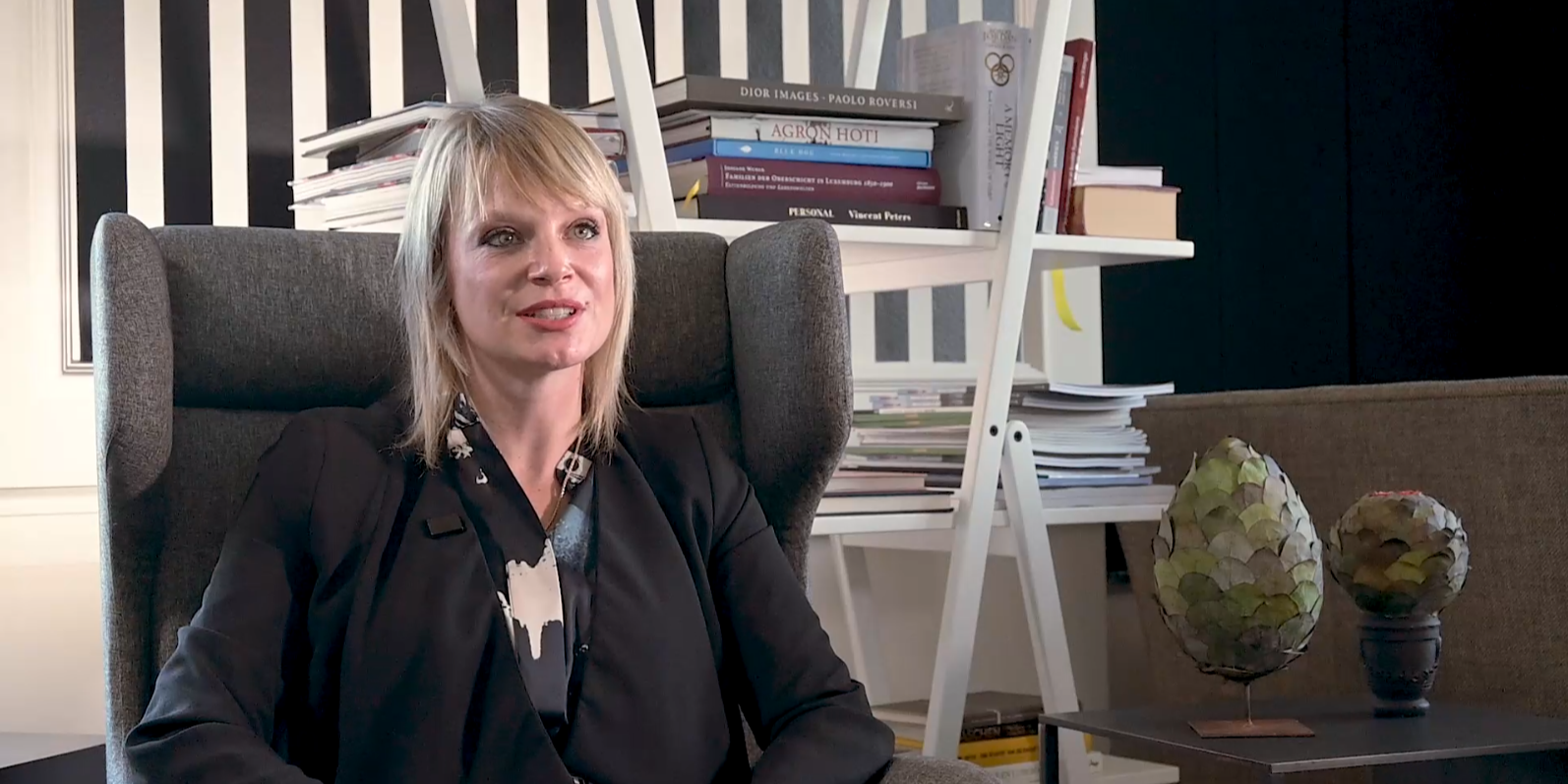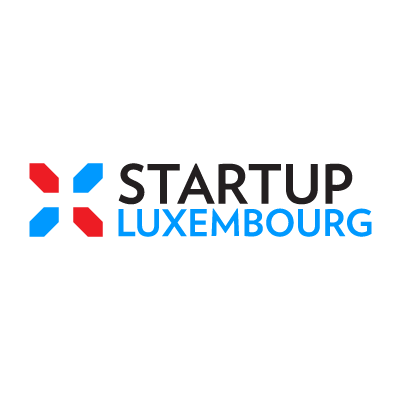Meet Patricia Souza, the talented and energetic woman behind the Human Experience department at Zortify. She's a prime example of successfully pivoting and entering the tech industry without prior experience, and she's absolutely killing it! Read more to discover how she did it and the exciting projects she's involved in.
Can you tell us about your background and how you got into the tech industry?
My background is quite diverse. I have always been a generalist and curiosity has always been one of my strengths. In 2020 I started pivoting my 9-year career as a Global Mobility Tax Advisor into consulting. As soon as I joined the tech department, I was assigned to the tech sector, and due to my expertise with HR and DEI (Diversity, Equity, and Inclusion), they invited me to lead a HR cloud implementation project, as well the creation of the Women in Tech network.
I was always connected to finance, and therefore I was aware of the gender disparity in the sector (only 30% of females in leadership positions). In technology, it was even worse (24%). All in all, my move into the tech industry was not exactly a natural transition but a career opportunity that I gladly took.
As a Senior Human Experience Manager at Zortify, what does your job entail, and what are some of the challenges you face?
At Zortify we use Natural Language Processing (NLP) as our core technology. We strive to enable each person to perform at their best.
In my job as Senior Human Experience Manager, I help my clients gain access to data and insights that are comprehensible and usable, and that will lead them to create a better human experience for everyone in the organisation through the usage of our tools.
Can you describe your involvement in "Girls in Tech" Luxembourg and what inspired you to be engaged with it?
I am a board member and events manager at Girls in Tech Luxembourg chapter. As an advisory board member, we discuss the goals and mission of the chapter, align on the strategic planning, growth of the chapter, sponsorship and overall decisions that need to be taken for the chapter to fulfil its purpose.
My own purpose is to help in creating more inclusive and equitable workplaces through the usage of technology, therefore joining an organisation with the professionalism and commitment of Girls in Tech was a natural process.”
We can only move the dial of the gender gap by addressing the root cause of the issue: the systemic bias of our society and the jeopardy this is creating for children, especially girls.
According to the Dream Gap project from Mattel, research shows that from the age of five, many girls begin to develop self-limiting beliefs and think they are not as smart or capable as boys, and this is even worse for black girls. This self-perception at a young age can be detrimental.
Just to mention some of the data: girls are three times less likely to be given scientific related toys than boys and parents are twice as likely to google “is my son gifted” than “is my daughter gifted”. My inspiration is to change this narrative into a world where girls can be “as gifted” as boys, especially according to their own parents.
Why do you think it's important to have more women in the tech industry, and what are some of the benefits of having a diverse workforce?
I would like to focus on the human experience, breaking them down to the employee’s, customer’s and employer’s perspective.
- Female employee attrition: According to an extensive 2016 research performed by The National Center for Women & Information Technology, 56% of women quit their technology occupations, and in high-tech, 41% of women quit their jobs in comparison to only 17% of men. From those, 51% abandon their training and their knowledge. Evidence suggests that the workplace experiences emerge as one of the most significant factors between women staying in computing and those who leave. Less learning opportunities, manager support and equal behaviour were cited as main reasons.
- Customer experience and the risk of having only one side of the design: Women are underrepresented in technology, medicine, design, consumer goods, etc. And what is the danger when more than 50% of the population is neglected? As an example, the original airbag design, for instance, excluded women and children in the research, and that led to the death of 22 adults in 1997. Having only one small percentage of the population represented reduces innovation, opportunities, and businesses. It is not only a huge financial impact for corporations, but also for our society.
- Employer’s perspective: Having more women in the tech sector is a business imperative for the company’s own survival. There is a shortage of talent in the market. Organisations will not be able to attract more talents, if they don’t account for diversity at all levels, but especially at the leadership of their organisations. Having female in the tech sector increases innovation and problem-solving. New opportunities are formed, and therefore, companies have an increase in profitability.
What are some of the common barriers that women face when entering the tech industry in Luxembourg, and what can be done to address them?
From my experience and research, women face similar barriers when entering the tech industry, whether they are in Luxembourg or Japan. However, cultural circumstances can make it more difficult to overcome those barriers.
If we consider a corporate outlook, there are the standard institutional barriers women and any underrepresented minority face when entering the workplace such as microinequities, female rivalry, hidden biases in recruitment, promotion, payment, stereotype threat, tokenism.”
There is no easy fix for historical and societal issues, but real change requires real investment and to tackle such barriers, companies should:
- Review the recruitment process and invest in recurrent and robust unconscious biases trainings as well as inclusive language. They should also use technology that can reduce and/or mitigate the biases in the recruitment processes.
- Review the main diversity data, understand where the gaps are and address the root causes.
- Create real KPIs and hold leadership accountable for those metrics.
- Review the salaries and address potential pay gaps, not only on main pay, but overall bonuses and benefits.
- Review promotion rates and compare with diversity data to potentially address inequalities.
Those are some quick tips, but a real inclusion strategy is a journey and a continuum with a start point but no end point.
What advice would you give to young women who are interested in pursuing a career in tech?
Find your clarity – which path you want to follow and which field? Invest in yourself, learn, be curious, be open to any opportunity and technology that can get you knowledge and go for it. Find a mentor and a sponsor, be clear on your goals and create a plan to follow. And most importantly: celebrate each small achievement!
What initiatives or programs are you currently working on to promote diversity and inclusion in the tech industry?
As member of the Girls in Tech Luxembourg, we develop initiatives to promote inclusiveness in the industry such as mentorship programs, workshops, webinars, panels and networking events. We regularly team up with partner organisations and count on the support of sponsors.
As part of the HXM (Human Experience Management) team of Zortify, I am always engaging with the society, sharing my experiences with other organisations, whether in the tech sector or not, to create awareness on the inequalities women suffer in the industry.
What changes do you hope to see in the tech industry in the next 5-10 years to further progress diversity and inclusion?
In terms of figures, I hope to see the dial at 40/60 within the next 5-10 years following the EU directive on board members of organisations and I hope that not only the obliged ones follow but that this leads to a ripple effect in organisations.
Stay tuned!
Sign up now and receive the latest news about our ecosystem into your inbox.
You May Also Like
These Related Stories

“In finance too, we are talking about entrepreneurship”

Scale Talks #4 | Genna Elvin, co-founder and Chief Tada Officer at Tadaweb
.jpeg?width=5856&height=2928&name=shutterstock_1163003419%20(1).jpeg)





